 Dentists don't learn pricing dental implants in school. Yet, because many are small business owners themselves, they're required to price their work.
Dentists don't learn pricing dental implants in school. Yet, because many are small business owners themselves, they're required to price their work.
When it comes to dental implants, one of the main issues is to deliver a price point that is both reasonable for the patient and profitable for the dentist. The question is...how exactly do you do that?
Common Assumptions When Pricing Dental Implants
While it may seem as though there is a reasonable gap between direct costs vs. financial gain from each procedure, it's easy to forget several main factors:
- There is a lot of money spent on indirect costs and there is a lot lost gain due to no-shows and shut-down times.
- Copying prices and fees from another clinic may be a mistake, as others’ pricing might not reflect any direct or indirect costs pertaining specifically to you.
And when it comes to implant dentistry
- From a patient's perspective, implant dentistry is a costly treatment. As such, patients may already be reluctant about choosing this treatment modality altogether, or choose less favorable options (such as using less implants than ideal), based on costs.
With all that in mind, how do you determine a reasonable fee that isn't going to make the patient turn tail and run? Here are some pointers:
Case Type Cost Analysis
The key to economically costing dental implant treatment (without leaving you feeling like you've sold your soul to the devil) is to define exactly what it costs you, as the dentist, to provide implant treatment and to complete each case.

The way to simplify this is to calculate and analyze the cost of specific and common case types. These include a single unit in the aesthetic zone, a single unit in the posterior zone, a segment of a few consecutive implants, an implant supported overdenture and a full arch case.
Analysis of these specific procedures should take into account the average number of hours required to complete each case type, and other costs that are directly or indirectly associated with each case type.
It is best to divide expenses and costs into two specific groups: direct costs - which reflect costs immediately related to the specific procedure, and indirect costs - costs that you will spend regardless of a specific procedure.

It should be noted, that while the laboratory costs and the cost of implants and their components are relatively straightforward to work out, determining the total overhead costs can be more difficult. However, once done, based on data from 6-12 past months or more, this calculation of the indirect costs together, allows the determination what is the actual total “Indirect cost per hour” in your own office. This should be the basis of any further cost evaluation of any procedure, not only that of implants.
Ask Other Dentists!
Don’t forget – you’re not alone with your pricing dilemma. Many dentists have also faced the issue of pricing dental implants and, therefore, most will probably be willing to discuss their experiences or compare their case cost estimate with you. So if you're still struggling to come up with a fair price, then why not simply ask them?
In addition, asking around may give you insight into the level of your expenses in relation to others, and may highlight other costs that you were not aware of to be added to either your direct or indirect cost lists.
Pricing Your Cases
A complete case cost analysis is just the starting point for pricing each case type. The final price of each procedure, or the price of the total case should reflect other aspects such as how much you want to earn out of each case type, how much money will be taken in taxes (state, federal, social security etc.). Using tools such as a spreadsheet may allow you to “play” with the numbers so that you can get to the best price point that will enable you to profit and still remain attractive to patients.
A Patient's Perspective: Focusing On The True Value, Not Only The Costs
While working out your prices for specific dental implant case types is one thing, perhaps consider that it might not always be the only or most important influencing factor for a patient. We know what a definitive and positive impact implant therapy has on patients and their quality of life. So, when discussing treatment options based on implants, dentists should focus first on that aspect of the treatment.
It's about getting patients to look at the long-term benefits associated with dental implants, rather than focusing on the initial price. Benefits such as:
- The functionality and natural appearance of implant supported restorations, which is often in stark contrast to that of traditional options, such as acrylic dentures.
- The hassle-free, day-to-day experience with their new restorations.
- Finally, their inevitable improved quality of life and self self-esteem.
If the patient is able to look past the initial (and let's face it, significant) outlay, then they will be better informed and, therefore, better positioned to make a purchasing decision. The bottom line is that establishing the real value of implants to patients plays an vital part in helping them justify such an investment.
Provide Flexible Financial Options
The final piece of the puzzle is the affordability factor. As discussed, implant cases often signal a large expense, be it a few thousand dollars or significantly more. The issue is that insurance coverage, even when available, is in many instances very limited. For this reason, having financial options in place that go beyond your current guidelines may be necessary. The use of third-party finance companies, for instance, helps patients to stay within their budget by spreading the cost over a period of months. Often this can make all the difference between a patient opting for implant treatment or not.
So there you have it!
While it's true that choosing dental implant-based treatments can present a substantial investment for patients, the majority who go ahead with treatment would agree that dental implants have been life-changing. So at the end of the day, when all is said and done, surely that's the most important thing?




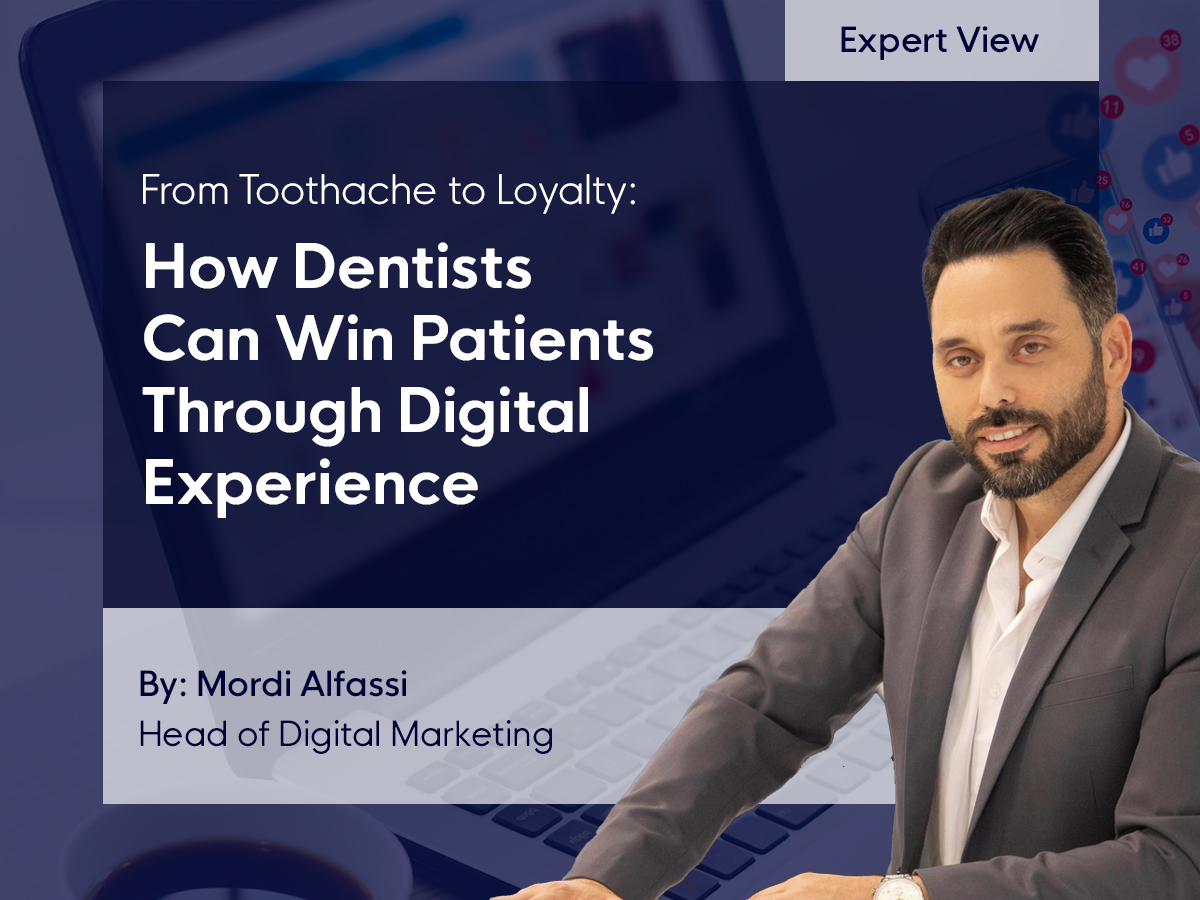
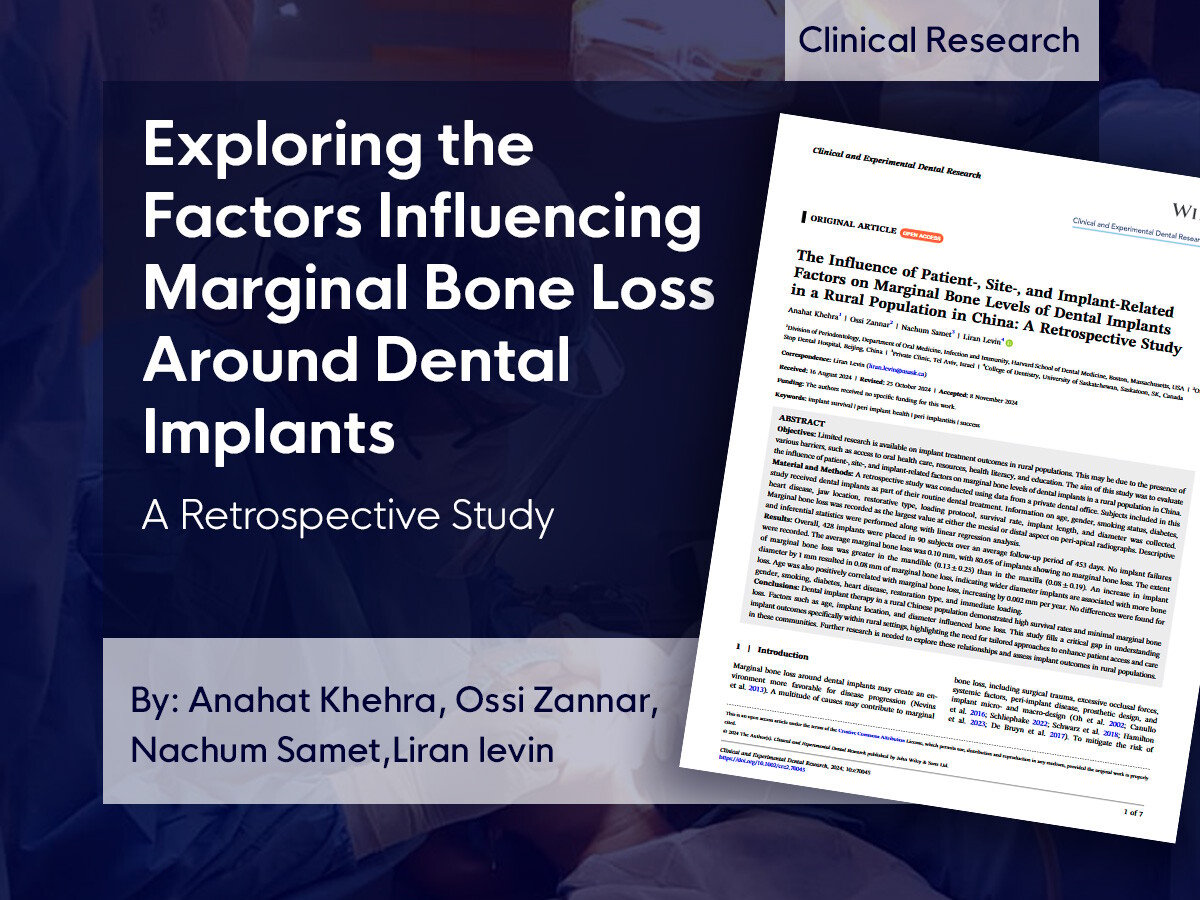
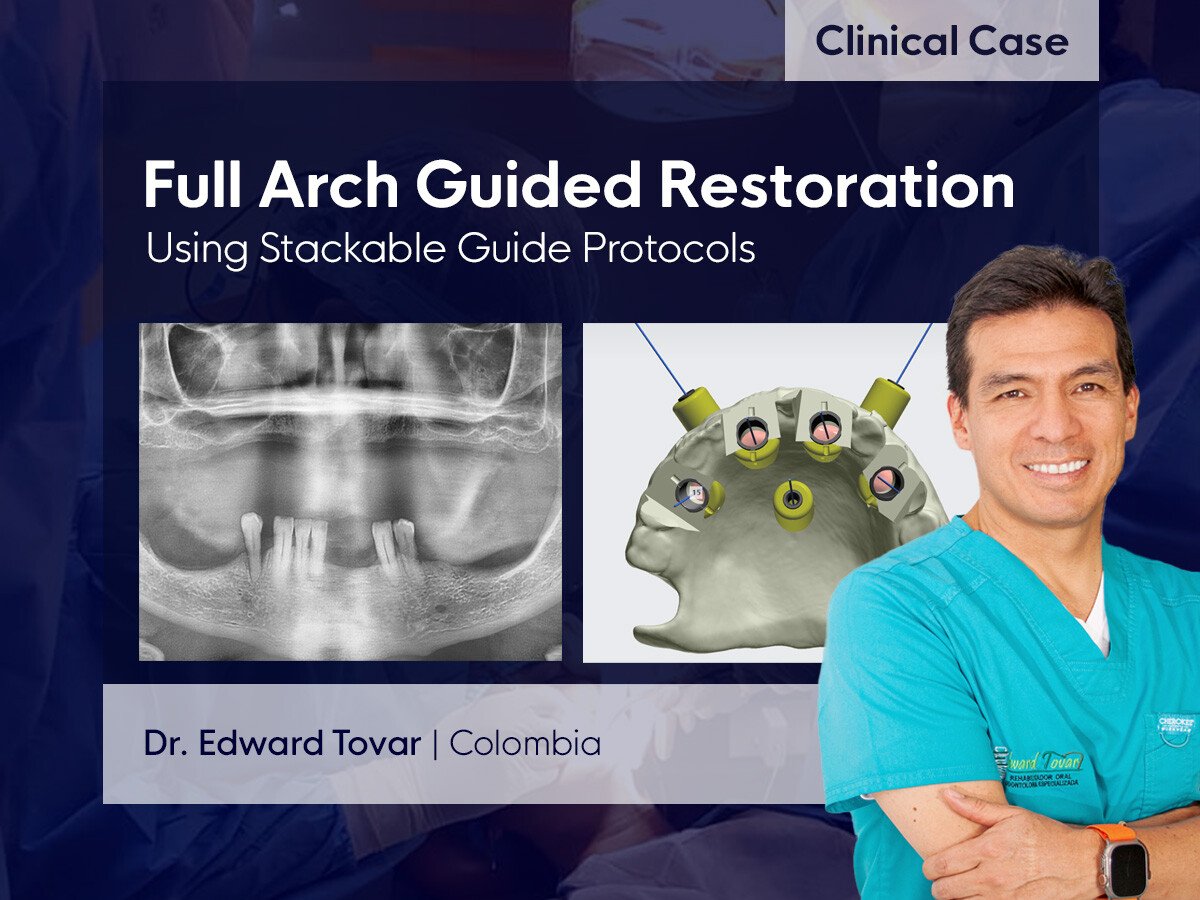



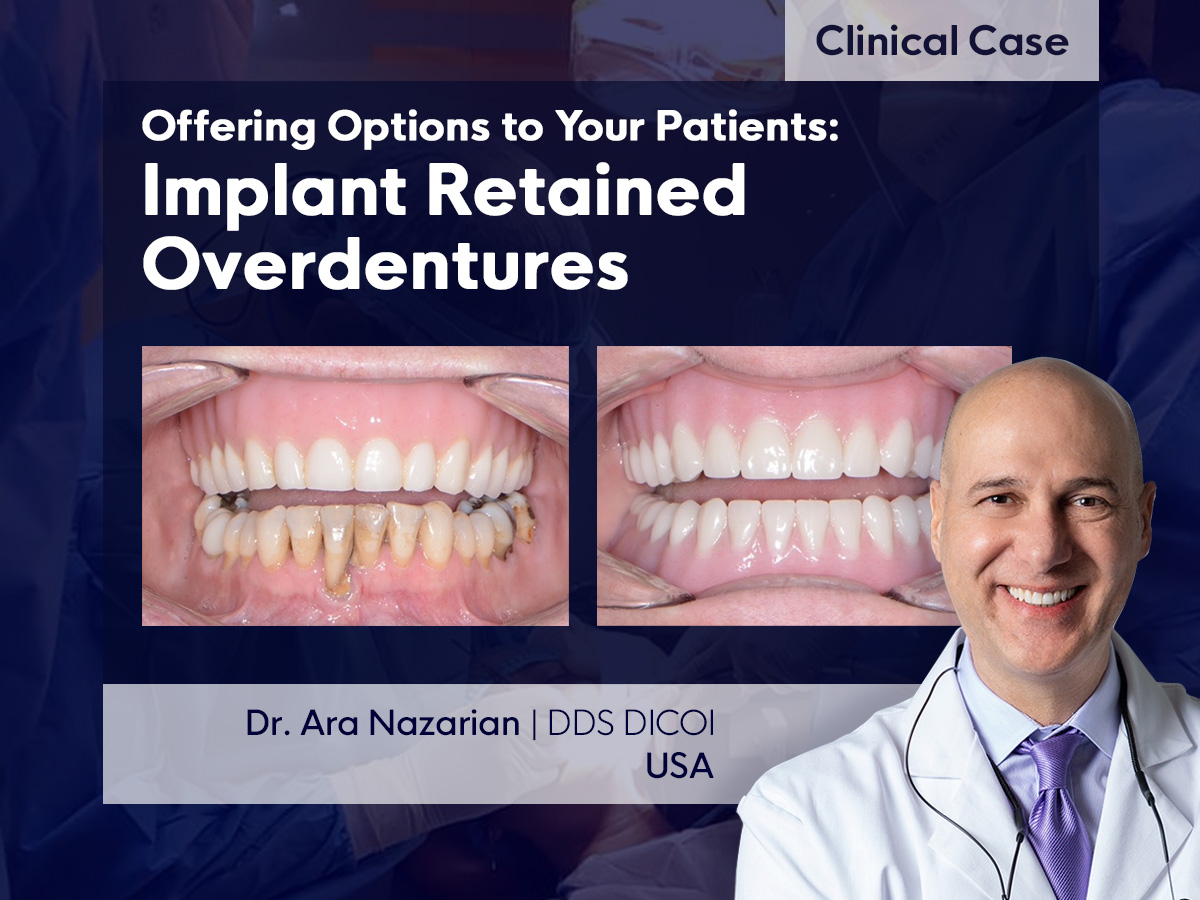
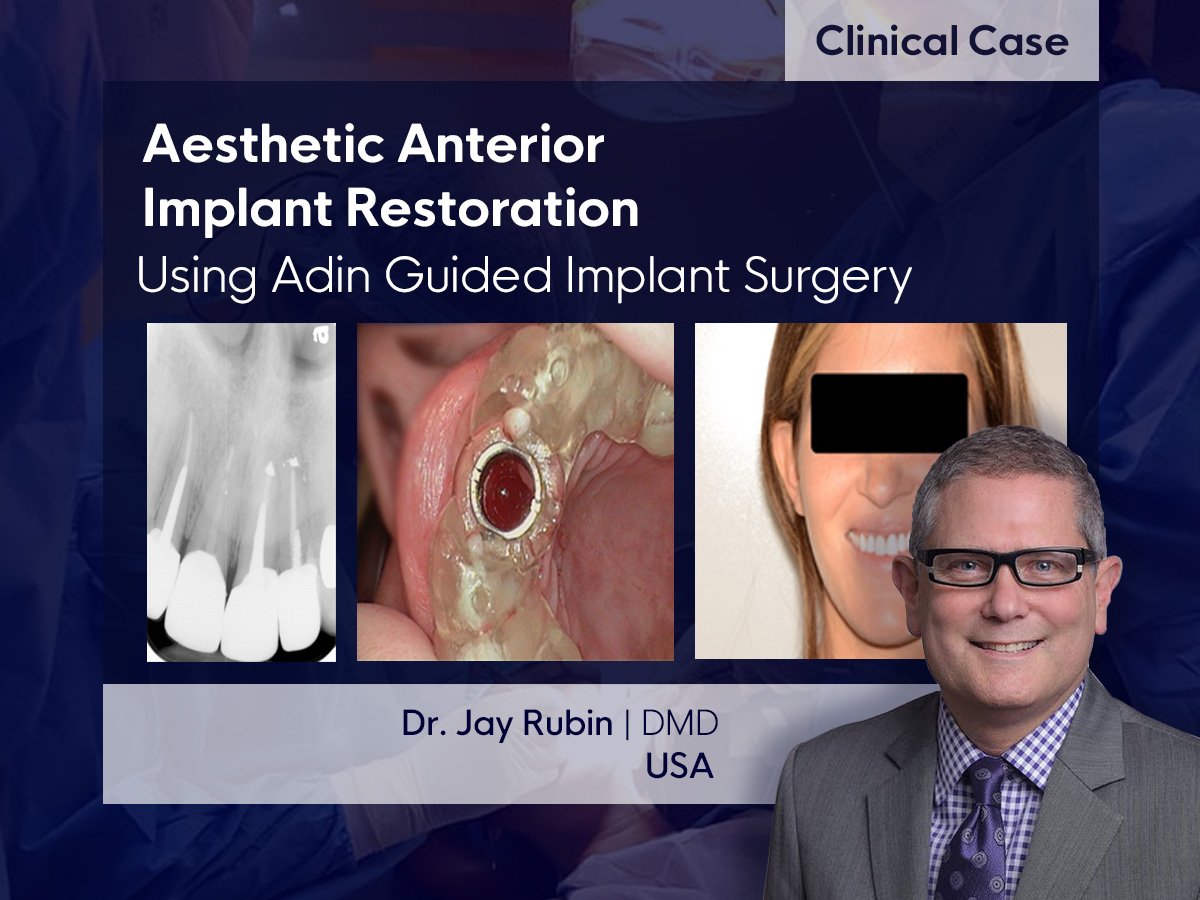

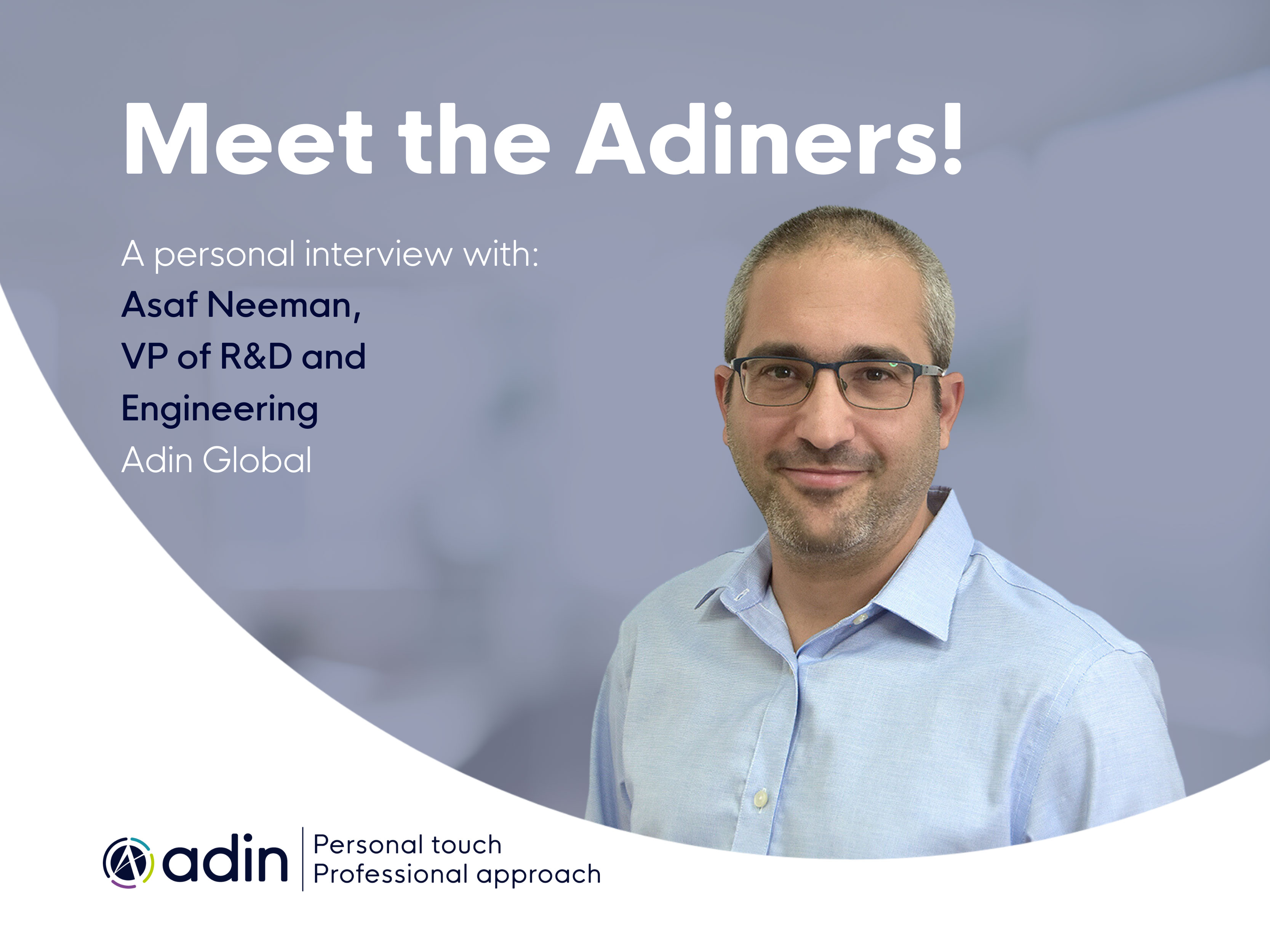


Leave a Comment